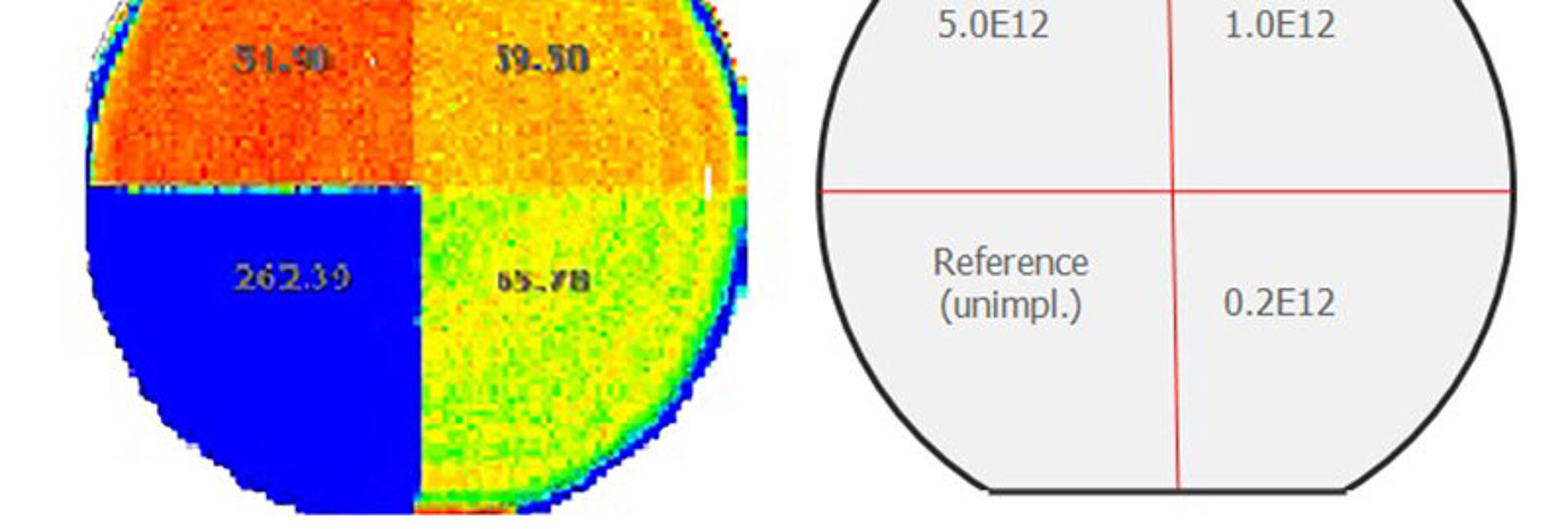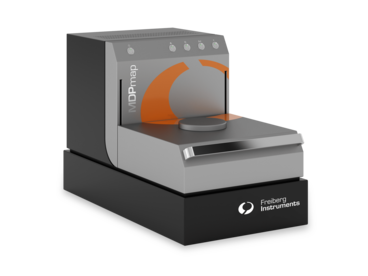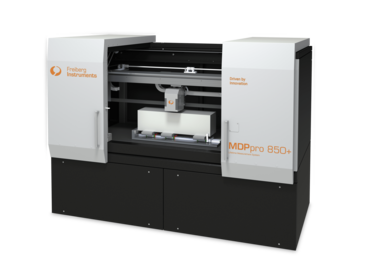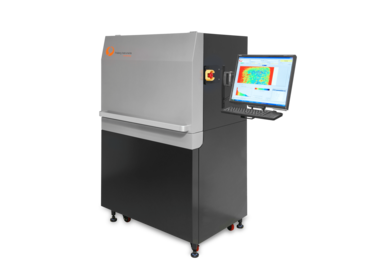Related Solutions and Industries: Epitaxial Layers & Thin Films

Photoconductivity measurements of implanted samples
Implantation of B and P are used for many applications in the microelectronic industry, but so far there was no method available to check the homogeneity of these implantations without contacting the samples and (Alttext zu lang)
Your cookie settings
We use cookies to ensure that we give you the best experience on our website. If you continue without changing your settings, we'll assume that you are happy to receive all cookies from this website. Read more in our privacy policy.
Funktionale
Diese Cookies gewährleisten das korrekte Betreiben der Seite. Auch zustimmungsfreie Cookies oder First Party Cookies genannt.
The providers using cookies on this site are listed below. Where possible, you can choose to allow certain cookies on this site.
Cookies, which are required and set for the basic function of our site.
Cookies, which are needed and set for the use of the TYPO3 backend access.
Streaming-Dienste
Unsere Internetseite kann Elemente aus externen Quellen enthalten. Es wird darauf hingewiesen, dass wir keinen Einfluss darauf haben, dass Betreiber anderer Webseiten die geltenden Datenschutzbestimmungen einhalten. Weitere Informationen zu den einzelnen Anbietern finden Sie unter den detaillierten Informationen.
The providers using cookies on this site are listed below. Where possible, you can choose to allow certain cookies on this site.
Karten-Dienste
Unsere Internetseite kann Elemente aus externen Quellen enthalten. Es wird darauf hingewiesen, dass wir keinen Einfluss darauf haben, dass Betreiber anderer Webseiten die geltenden Datenschutzbestimmungen einhalten. Weitere Informationen zu den einzelnen Anbietern finden Sie unter den detaillierten Informationen.
The providers using cookies on this site are listed below. Where possible, you can choose to allow certain cookies on this site.





